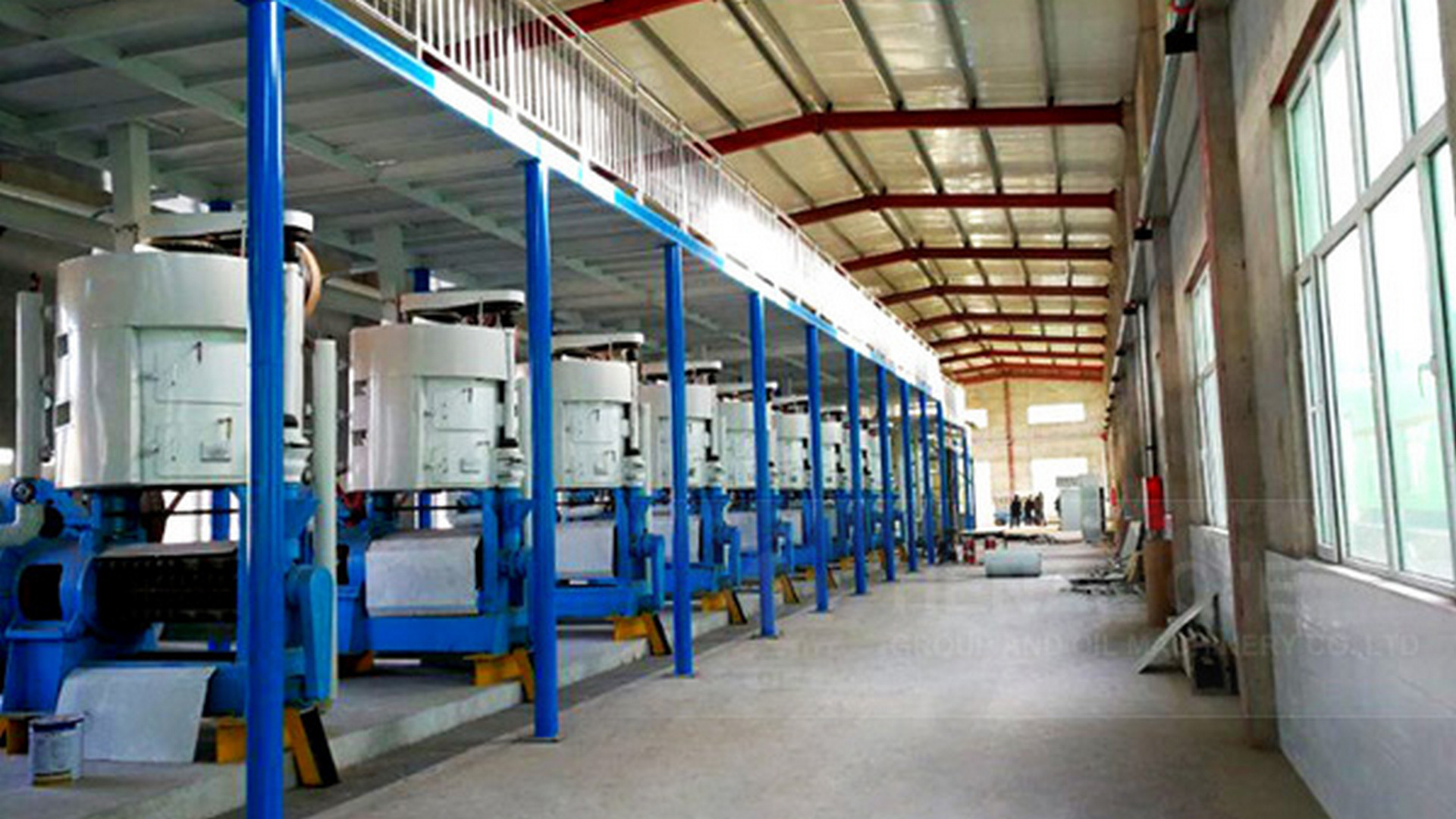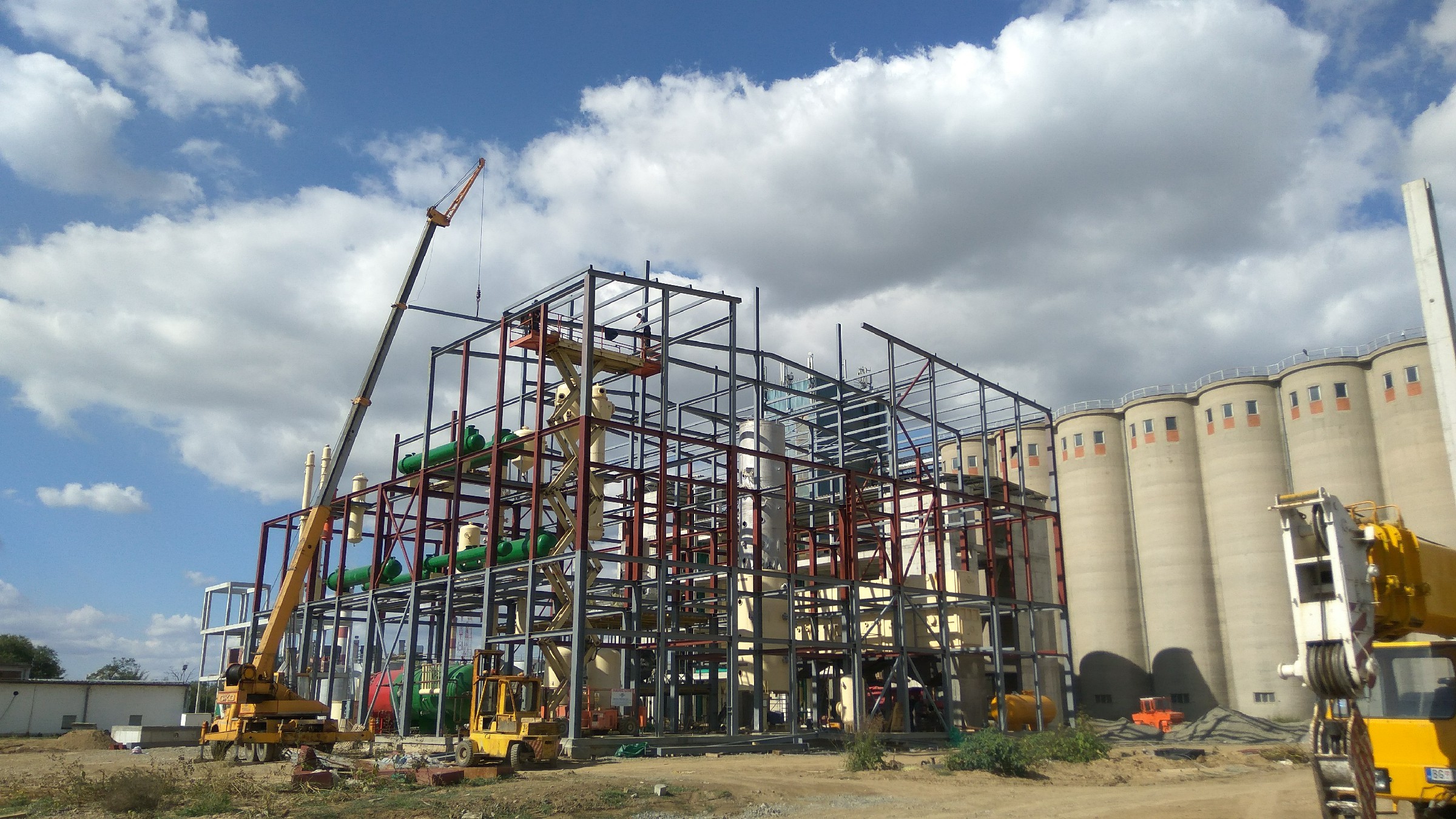
In the oil processing industry, improving oil yield has always been the focus of the industry. With the continuous advancement of agricultural technology, seeking higher oil yields can not only improve the competitiveness of enterprises, but also effectively reduce production costs. This article will discuss the key tips for improving oil yield and provide practical solutions for practitioners.
Oil yield refers to the ratio of the amount of oil extracted from oil crops to the weight of raw materials. The factors that affect the oil yield mainly include:
To solve the problem of increasing oil production rate, the following solutions can be adopted:
Choosing high-quality oil crops is the first step to improve oil yield, such as purchasing strictly selected oil crops with high oil yield such as soybeans and peanuts.
According to different oil crops, the oil extraction process should be reasonably selected, such as cold pressing, hot pressing, etc., and the optimal process parameters should be determined through experiments.

Invest in advanced oil extraction equipment, such as medium-sized screw oil presses, to improve the efficiency and quality of oil extraction.
Improve the efficiency of oil extraction by reasonably adjusting operating parameters such as temperature, pressure and time. In addition, equipment is regularly maintained to ensure optimal working condition.
Improving oil yield is a systematic project, involving raw material selection, process design, equipment selection and other aspects. Through reasonable program design and technology application, oil processing companies can effectively increase oil yield and ensure an invincible position in the fierce market competition.
As market demand rises, the oil processing industry is also constantly innovating and developing. Future new technologies will further improve oil yield and product quality, opening up a broader market space for enterprises.




